Chemical filtration is the creepy uncle of the aquarium world.
It may not be popular, but if your aquarium is facing an emergency, you will be glad you have it.
So, let’s take a closer look at chemical filtration and how it can be used to benefit your aquarium…
Contents
What is chemical filtration and why do you need it in your aquarium?
Chemical filtration is one of three different types of filters that can be used in your aquarium. The other two are biological and mechanical filtration.
As the name suggests, this is a filter that specifically removes chemicals from your aquarium.
Now, you may be thinking:
I don’t need that because I don’t have any chemicals in my aquarium!
Well as it turns out, you do…
When most people think of chemicals, they think of man-made ones such as laundry detergent, bug repellent or antifreeze. I’ll agree, none of these should be in your aquarium. [1]
But it turns out nature is just as good at creating chemicals!
If you think back to the nitrogen cycle, you will remember that waste such as fish poop and uneaten food leads to ammonia, nitrate.
Guess what? All of those are chemicals!
And you can use a chemical filter to remove them from your aquarium.
But chemical filtration can do more than just remove chemicals.
Depending on the type, a chemical filter can also remove other pollutants – some of which are just an eyesore but others of which can quickly kill…
- Heavy metals, such as copper
- Compounds, like sodium chloride (salt)
- Medication used to treat sick fish
- Tannins from driftwood that discolor the water
Did you know? Many of the pollutants that can be filtered out by a chemical filter can also be removed by
water conditioners.What is the best type of chemical filtration?
It is worth mentioning that there is no best chemical filtration. The right chemical filter for your situation entirely depends on the pollutant you want to remove from your aquarium.
With that out of the way, let’s take a closer look at four of the more common chemical filter media.
1. Activated carbon
Does that name ring a bell? You have likely heard it advertised in beauty products claiming to make you look 10 years younger. I can’t comment on its effectiveness in that situation, but it can certainly help pretty up the water in your aquarium.
Also known as activated charcoal, this is the most widely used chemical filter media. A big reason for activated carbon’s popularity is that it can deal with a wide variety of pollutants and is readily available and affordable.
So, how does it work?
Well, each piece of activated carbon has been processed to create hundreds of little pores, which are actually holes. These pores are so small that you cannot see them with the naked eye.
These tiny pores trap pollutants, removing them from the water column.
Activated carbon removes:
- Chlorine and chloramine
- Dissolved proteins
- Water discoloration
- Bad smells
2. Zeolite
Zeolite is a natural volcanic rock that is mostly made up of silica and aluminum.[2]
For chemical filtration, however, you are more likely to come across artificial (man-made) zeolite. This isn’t an issue, since it performs near identically to its natural counterpart.
Zeolite also has hundreds of tiny pores, but it works is a little differently compared to activated carbon…
It doesn’t just filter out pollutants, but it instead makes an exchange. When zeolite takes in ammonia, it swaps it for sodium. This process is called ion exchange.
The exchange continues until the zeolite has no more sodium to swap.
Zeolite is most commonly used in freshwater aquariums, with many hobbyists loudly advocating that it will not work in saltwater. However, a study by the EPA suggests that zeolite still works at reducing ammonia levels in marine environments, just not as effectively as in freshwater.[3]
Some brands combine both zeolite and activated carbon to form an all-in-one chemical filter blend that can remove almost any pollutant from your aquarium.
Zeolite removes:
- Ammonia
3. Oxide
Believe it or not, rusted metal can actually be used as a chemical filter media.
Both aluminum oxide and iron oxide can lower phosphate levels in your aquarium, which can clear up algae problems.
However, evidence suggests that aluminum oxide, like Seachem Phosguard, leads to increased aluminum levels in a saltwater aquarium. Saltwater tank owners should use ferrous oxide instead. [4]
Oxide removes:
- Phosphates
4. Resin
Resins are widely used in water softening and water purification, so it’s no surprise to see them make their way to the aquarium hobby.
Like zeolite, resin filters work by using ion exchange. However, they are capable of removing many more pollutants.
Man-made resins are manufactured to remove specific chemical wastes including phosphate, nitrates and heavy metals.
Because resin has hundreds of tiny little pieces, it will require a media bag – otherwise, it’s just going to float around your aquarium without effectively filtering your water.
Resin removes…
Depends on the resin filter
A warning before installing your first chemical filter
A chemical filter is not an unlimited resource.
There will come a time when your chemical filter will become full – no matter what type you use.
And when this happens, it will no longer absorb pollutants from your water. In fact, the opposite can happen…
Your chemical filter can start releasing pollutants back into your aquarium.
So, whether you like it or not, you will need to continuously swap out your chemical filter. Some last weeks, others months, but the time will come when your chemical filter can no longer perform its duty.
For this reason, I recommend trying your hardest to fix the cause of the pollutants – it will be well worth the effort…
After all, when there are no pollutants in your aquarium, you won’t need a chemical filter, right?
If you do find that you must use a chemical filter, read the manual for how often you should swap it out. By following the instructions, you won’t have to deal with the disaster caused when a chemical filter stops working.
Do you use a chemical filter in your aquarium? Have something to add to this discussion? Let me know in the comments below!

Ian Sterling, founder of Fishlab.com, began his aquarium journey over 30 years ago, driven by a deep fascination for fish and their diverse personalities. His website, Fishlab.com, is dedicated to making fishkeeping accessible and enjoyable, offering beginner-friendly guidance, expert insights, and a community for aquarists to connect and share experiences.


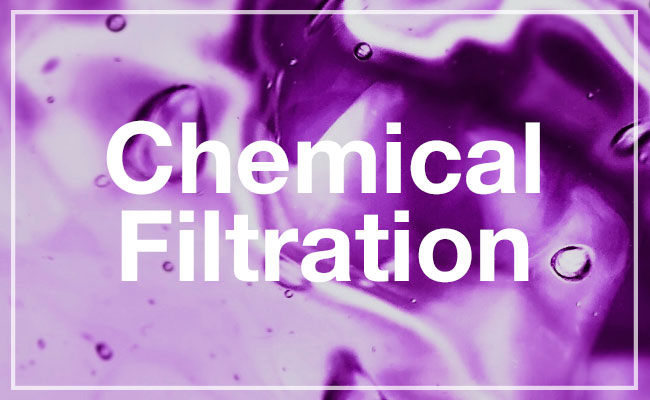
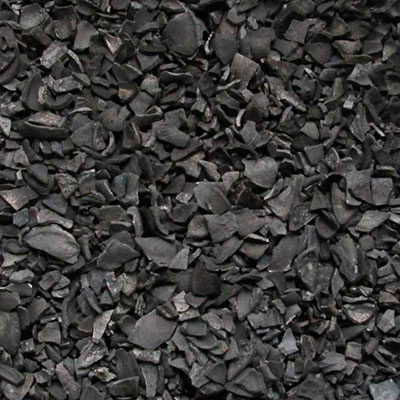
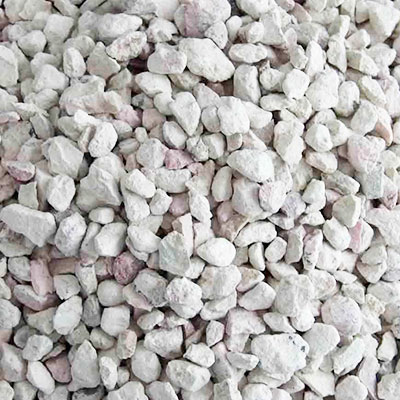
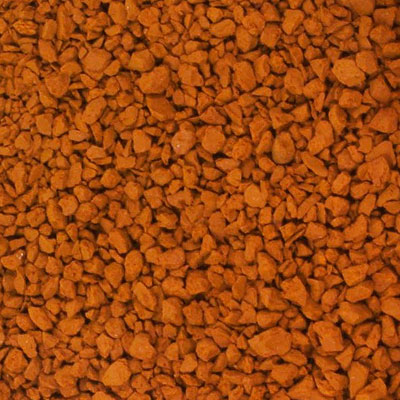
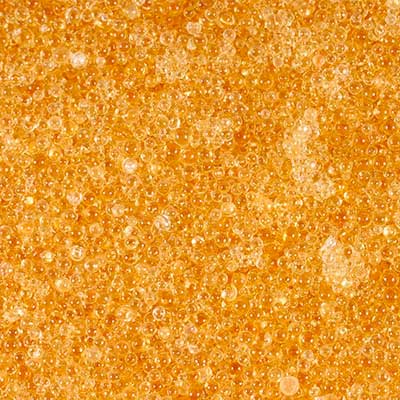
Comments (9)
i don’t use a chemical filter in my tank. only foam filter and ceramic noodle filter. do i need one?
Hi Lex,
If your water parameters look normal, and their are no warning signs in your tank, then you might not need chemical filtration at all. However, if you want to remove something from your tank that your other two filters cannot, then a chemical filter might be just what you need.
Hello there,
All of the levels in my well water I’m using for fresh-water fish are normal. However, we have a high level of iron in our water and every fish we have bought dies within a day (Glofish). I am going to try some goldfish today but am weary. Do you have any recommendations on a filter that can possibly take out iron? Thanks!
Sincerely- Heidi
Hi Heidi,
Stop adding fish to your tank expecting different results. You are going to kill your goldfish too. If iron is the cause, you will need to remove it before adding the water to your tank. You can do this by changing water sources or by using an RO filter and remineralizing water before adding it. Neither option is as affordable as tapwater, however there are some locations where fish are not viable without taking these extra steps.
I read your articles on mechanical, bio, and chemical filters and am wondering now how to properly set up a filter for a small tank?
I inherited a 5gal tank (and three mollies) from a friend and it has a little filter/pump hanging at the top of the tank that you drop activated charcoal filter cartridges into. It seems to be working fine but having to replace the filters every two weeks is very annoying. I’m not sure if I can reuse the filters and have been buying new ones (it’s not too terribly expensive but again it’s annoying). I’m realizing this may not be great for my tank as it could be killing off the beneficial bacteria.
I just changed over to the eco-complete substrate as I have 3 plants in there that weren’t doing too great and I was told to keep an eye on the ammonia levels afterwards. I’m a little concerned now that I won’t have the necessary bacteria in the tank to manage any increase in ammonia.
It’s a cheap tank setup and I’d rather not change to a new tank but I want to make sure I’m filtering out the tank correctly (and caring for filters right too!).
How should I be filtering my tank and how do you set it up?
Thank you for your help and all the knowledge you share on this site!
Hi Jacqueline,
Unfortunately, those disposable filters are somewhat of a scam, when you throw them out, you are also disposing of the good bacteria that clings to the filter media. You are absolutely correct in your thinking here. They are also very expensive to replace when the truth is, great filtration is dirt cheap (once you have the filter, that is) all you really need is a piece of sponge and ceramic rings. If you want super crystal clear water, by filter floss (50um) in bulk. The order is coarse sponge -> filter floss (if applicable) -> ceramic rings) if your current filter doesn’t allow this, grab an aquaclear HOB filter, they have room for you to set all this up yourself without relying on disposable cartridges.
If you want more info on cycling and the importance of these bacteria, check out this guide:
https://fishlab.com/fish-in-cycle/
My first advice if you have not already would be to run out and grab an aquarium test kit (I recommend the API master test kit, it has everything you need and is the cheapest by far) this was you can monitor your tank to make sure the beneficial bacteria are doing their job.
Hi Ian,
Big fan of your articles! I’m unfortunately another Petco customer who bought a starter 10 gallon kit.
I’m only about two weeks into a fish less cycle and have just detected nitrites. My existing filter only uses a cartridge and does not have room for ceramic rings.
I’ve decided to upgrade to an aqua clear filter to set up a proper filtering process – course – fine – rings. My question is, is it best to run both filters together until beneficial bacteria has formed in the new filter? Or is there a way to transfer the beneficial bacteria in the existing filter to the new one?
Thanks,
Peter
Hi Peter,
Firstly, welcome to the hobby. Don’t sweat it, unfortunately this is how most beginners are introduced to the cycle. It definitely gets easier from here. Based on the path you have decided to take it sounds like you already have a good understanding of the direction to head.
If it’s a filter with a cartridge, the beneficial bacteria should live in the white fluffy stuff on the cartridge. Generally, you would cut this off with a pair of scissors and lay it on top of your ceramic rings for a month. However, since you have *just* begun to see nitrites, you may want to run both at the same time before doing this, since at this stage your cycle will likely take a step back or pause. It’s entirely up to you, If I was in your position I would cut the fluffy stuff off now for the sake of not having to run two filters and getting the transition out of the way earlier. However, I can understand that seeing the cycle stall or restart can be incredibly discouraging to a beginner who has already waited two weeks to see signs of movement. Whichever path you choose, the tank will eventually cycle just fine.
That makes sense to me. I’ll go ahead and replace the filter, but transfer over the white fluffy stuff from the cartridge.
Thank you so much for your help!